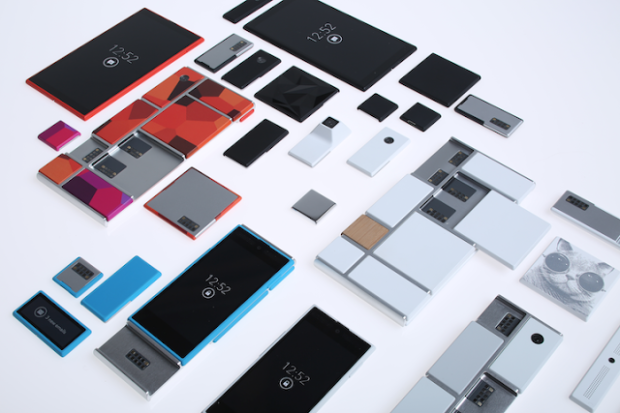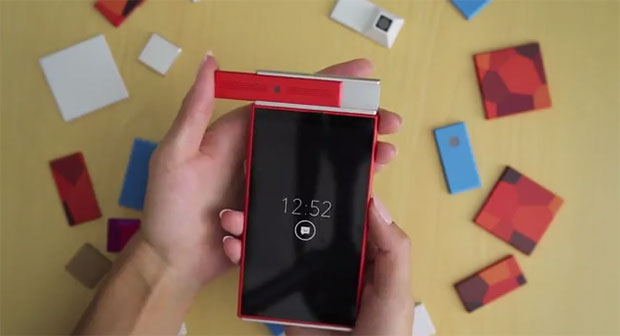 Motorola yesterday revealed that it is working on a modular smartphone concept called Ara. While Motorola bills Ara as a “free, open hardware platform,” it may have another goal in mind for the work going into making this exciting project a reality.
Motorola yesterday revealed that it is working on a modular smartphone concept called Ara. While Motorola bills Ara as a “free, open hardware platform,” it may have another goal in mind for the work going into making this exciting project a reality.
Motorola already offers some customization of its Moto X through Motomaker. It is currently limited to a number of cosmetic options such as backplates and buttons along with accessories but Motorola’s announcement got me to thinking. Motorola may well have been trying to come up with a similar concept when it first began thinking about the Moto X. The sheer complexity of such an endeavour may have forced it to scale its original ambitions down but the original idea never went away.
The end game with Motorola Ara is to offer a fully modular smartphone that a user can modify at any time, one component at a time. Much like the Phonebloks concept, you could simply upgrade the processor module one day and the camera module another. With an open platform, modules could come from different manufacturers. You’d no longer have a branded phone but a collection of modules potentially from different manufacturers.

But between today and that future state, there is at least one interim stage. The work being done on Ara could also go into enhancing Motomaker to offer more hardware customizability in the future. The concept of an endoskeleton base upon which to build a smartphone could allow Motorola to offer a number of options such as processor, onboard memory, camera, and battery. Much like we have already seen with configure-to-order on PCs, rules would determine what permutations are possible. It may not be as wide-reaching as simply popping off one module to replace it with another but it could still give customers a number of hardware options to truly customize their phones.
When the first Motorola X Phone rumours surfaced, they revealed how far Motorola’s ambitions went. There was talk of flexible displays, ceramics and other materials, as well as different colours and shapes. That intention could well resurface in a more advanced version of Motomaker that offers greater hardware options while keeping final assembly at Motorola’s facilities.
Imagine the following scenario: Starting with a choice of endos (as Motorola calls the base plate upon which modules are added), a customer could pick from a selection of options including processors (quad-core, octa-core, etc), screen sizes and resolutions, RAM, onboard memory and so on. Each module would have a set price. A faster processor or better camera would cost more. Once the order is placed, Motorola would build the smartphone to the customer’s specifications.
At this point, Motorola would still control what modules can be offered and in what combinations. For example, it might opt for only certain processors knowing that others would not fit into the allocated space for that option. The same would apply to other components. Customers would have certain choices but bound by what Motorola knows it can build at its facilities. More simply, keeping the system closed would dramatically simplify (but not eliminate) the complexity of such a project – especially as so many electronic components today are integrated.

Should Motorola (perhaps with PhoneBloks help) be able to solve this puzzle, it could well be the middle ground between the cosmetic customization we have today and the full customization promised by Project Ara.
While a truly “free, open hardware platform” may not be a reality for a while yet, I suspect that we will see earlier versions in the not-so-distant future.
Let us know below what you think.
